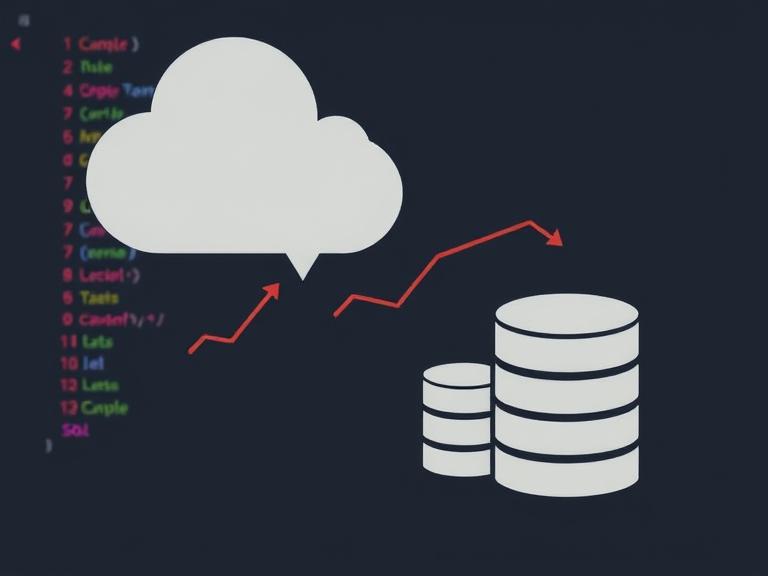SQL (Structured Query Language) is the standard language used to manage and query relational databases. Whether you’re analyzing data, building applications, or managing systems, SQL is a must-have skill for anyone working with structured data.
What is a relational database? A relational database organizes data into tables with rows and columns. Each table has a schema—defined fields with data types (e.g., name, age, email). Tables can be linked via relationships using primary and foreign keys.
Common SQL operations include:
-
SELECT– Retrieve data from tables. -
WHERE– Filter results. -
JOIN– Combine data from multiple tables. -
GROUP BY– Aggregate results (e.g., totals, averages). -
INSERT,UPDATE,DELETE– Modify data.
Example query:
sqlКопироватьРедактироватьSELECT name, email FROM users WHERE age > 30;
SQL is used in various database systems like:
- MySQL and PostgreSQL (open-source)
- Microsoft SQL Server
- Oracle Database
- SQLite (lightweight, embedded)
Why learn SQL?
- It’s essential for data analysis and BI tools.
- Backend developers use it for database integration.
- It’s required for data science, ETL processes, and business reporting.
Tools like MySQL Workbench or pgAdmin make learning easier with graphical interfaces. Even basic SQL skills allow you to pull insights from large datasets and support decision-making in any business or tech role.

Leave a Reply